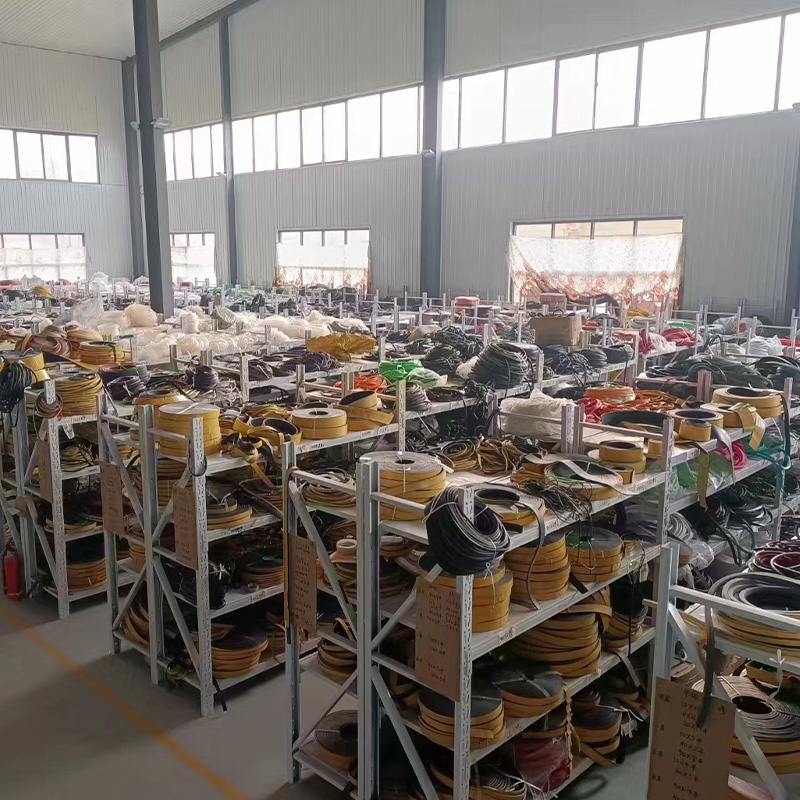jute hemp rope manufacturer
Understanding the World of Jute and Hemp Rope Manufacturing
In an era where sustainability and eco-friendliness are increasingly prioritized, jute and hemp ropes have emerged as popular choices in various industries. Both jute and hemp are natural fibers that are known for their strength, durability, and versatility, making them ideal materials for rope manufacturing. This article explores the process of manufacturing jute and hemp ropes, their benefits, applications, and the future of this flourishing industry.
The Raw Materials Jute and Hemp
Jute is a long, soft, and shiny vegetable fiber that can be spun into coarse, strong threads. It is predominantly grown in Bangladesh and India and is known as the golden fiber due to its golden and silky luster. Hemp, on the other hand, is derived from the stem of the Cannabis sativa plant and has been used for thousands of years for various purposes, including textiles, building materials, and rope.
Both fibers are biodegradable and renewable, making them highly sustainable compared to synthetic alternatives. The cultivation of jute and hemp requires minimal pesticides and fertilizers, reducing environmental impact. Moreover, they are known for their exceptional tensile strength, which makes them suitable for heavy-duty applications.
The Manufacturing Process
The production of jute and hemp ropes involves several steps
1. Harvesting Both jute and hemp plants are harvested at maturity. Jute is typically harvested by hand, while hemp can be harvested using machinery.
2. Retting This process involves soaking the harvested plants in water to separate the fibers from the stalk. Jute is often retted in rivers or ponds, while hemp can be retted in various ways, including water retting or dew retting.
3. Stripping and Drying After retting, the fibers are stripped from the stalks, washed, and left to dry. Proper drying is crucial to prevent mold and decay.
4. Spinning The dried fibers are then spun into yarns. This step requires skill and machinery to ensure the yarns are even and strong enough for rope-making.
5. Braiding/Twisting The spun yarns are twisted or braided together to form strong ropes. The twisting process varies depending on the desired thickness and strength of the final product.
jute hemp rope manufacturer

6. Finishing The ropes are then treated to improve durability and resistance to environmental factors such as moisture and UV damage. Natural oils or waxes may be applied for added protection.
Benefits of Jute and Hemp Ropes
Jute and hemp ropes offer a multitude of benefits
- Eco-Friendly As fully biodegradable materials, jute and hemp ropes reduce the carbon footprint significantly compared to synthetic ropes, which can take hundreds of years to decompose.
- Strength and Durability Both jute and hemp fibers are known for their high tensile strength, making them suitable for heavy lifting and rigging in construction, marine applications, and more.
- Versatility Jute and hemp ropes find applications in agriculture, gardening, shipping, crafts, and even home décor. Their aesthetic appeal is a bonus for many consumers seeking natural fibers for crafting and decorating.
- Comfort and Handling Natural fibers are more comfortable to handle than synthetic materials, reducing the risk of skin irritations when used in ropes for personal carrying or handling.
The Future of Jute and Hemp Rope Manufacturing
As the demand for sustainable products increases, the jute and hemp rope manufacturing industry is poised for growth. Innovations in production techniques and enhancements in product quality are expected to open up new markets and applications. Additionally, increasing awareness about the environmental impacts of plastic and synthetic materials will fuel the trend towards natural fibers further.
However, challenges such as competition from synthetic alternatives and the need for efficient agricultural practices still exist. To tackle these issues, manufacturers may need to invest in technology and promote the advantages of using natural fibers over synthetics.
In conclusion, jute and hemp rope manufacturing represents a significant step towards embracing sustainable practices. With their multitude of benefits and applications, these natural fibers not only cater to the demands of modern industries but also contribute to a healthier planet. As we move forward, the growth of this sector is essential for environmental stewardship and economic development.
Share
-
The Best Lubricants for Aluminum Roller GuidesNewsJul.23,2025
-
Slitting Machine Applications in the Packaging IndustryNewsJul.23,2025
-
Rolling Roller Balancing Techniques for Smooth OperationNewsJul.23,2025
-
How To Optimize An EV Battery Assembly LineNewsJul.23,2025
-
Energy Efficiency in Modern Battery Formation EquipmentNewsJul.23,2025
-
Automation Trends in Pouch Cell Assembly EquipmentNewsJul.23,2025







